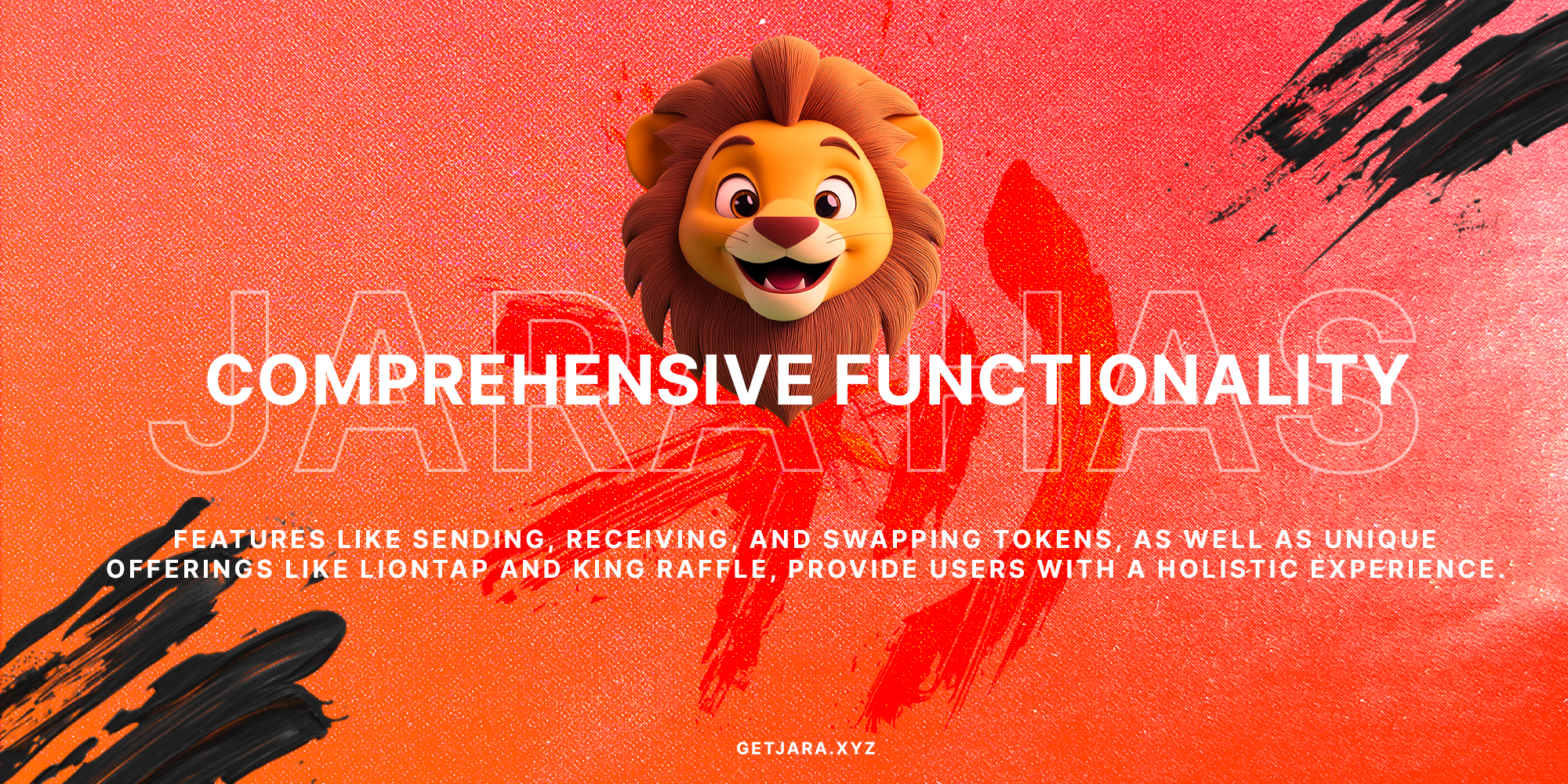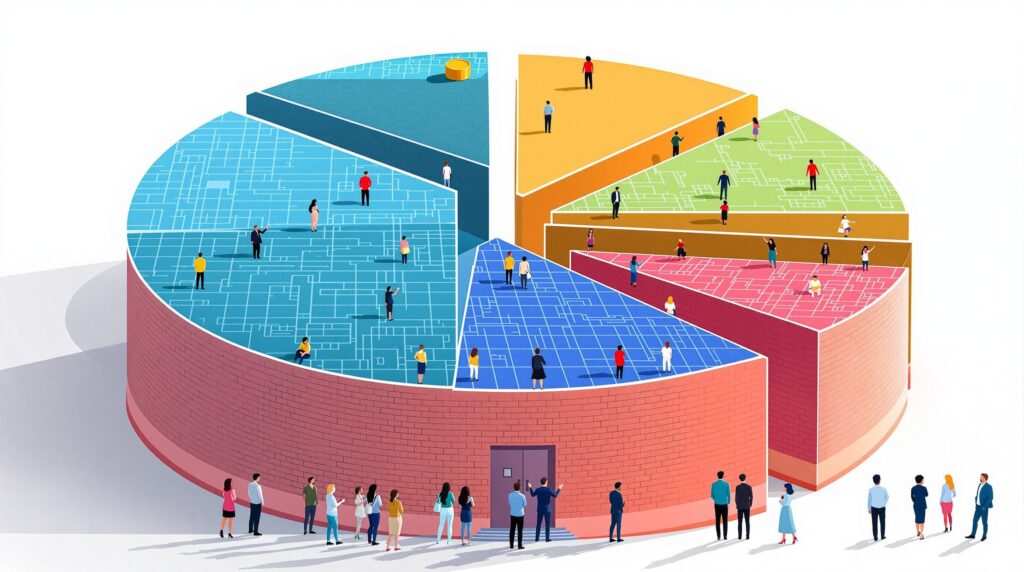Understanding Layer 1 Blockchains
Have you ever wondered what keeps the ever-evolving world of cryptocurrency ticking smoothly? At the heart of this digital revolution are Layer 1 blockchains. These are the fundamental blockchains that act as the original main networks, responsible for carrying out critical functions like transaction validation, data security, and executing smart contracts.
What Are Layer 1 Blockchains?
Layer 1 blockchains are primary networks that form the backbone of the cryptocurrency ecosystem. Networks like Bitcoin and Ethereum are prime examples of Layer 1 blockchains. They handle essential functions such as processing transactions and maintaining security without the reliance on additional layers. But what exactly makes a blockchain “Layer 1”?
- Network Architecture: Layer 1 blockchains include the base network architecture and protocols responsible for executing smart contracts, processing transactions, and maintaining data integrity.
- Transaction Validation: They ensure that transactions are validated and integrated into the blockchain securely and efficiently.
- Smart Contracts: These blockchains can execute and record smart contracts directly onto the network itself, making them essential for decentralized applications (dApps).
What is a Layer 1 blockchain? A Layer 1 blockchain is the main network infrastructure that handles core operations like transaction validation and security without the need for other layers.
Scalability Challenges
While Layer 1 blockchains are pivotal for security and decentralization, they face significant challenges, particularly in scalability. With more users and transactions, these blockchains often struggle to process requests quickly. Why does this happen?
- Decentralization vs. Speed: To ensure no single point of failure, every node must validate transactions, which can slow down processing times especially during high traffic.
- Transaction Bottlenecks: The increased transaction workload can lead to network congestion, resulting in higher fees and slower transaction times.
To address these issues, the development of Layer 2 solutions has been critical, allowing for transactions to occur off-chain to relieve the main chain of excessive load.
Security and Decentralization
The security and decentralization of Layer 1 blockchains are among their most celebrated features. But how do these elements interplay?
- Distributed Control: No central authority means that control is spread out across many nodes, reducing vulnerabilities to attacks.
- Consensus Mechanisms: Techniques like Proof of Work (PoW) or Proof of Stake (PoS) help ensure that all transactions are legitimate and the network is secure, supporting a trustless environment.
These decentralized networks provide a level of security unmatched by traditional centralized networks. This robust nature offers a reliable backbone for the future of digital transactions.
What is Layer 2?
Enter Layer 2 blockchains: a beacon of scalability. But what are they exactly, and why are they important?
- Extension of Layer 1: Layer 2 solutions work on top of the existing Layer 1 networks to enhance their capabilities without altering the base protocol.
- Off-Chain Transactions: These solutions execute transactions off the main blockchain, only going back to the mainnet for verification, thus improving speed and reducing congestion.
What is a Layer 2 solution? A Layer 2 solution enhances scalability by allowing transactions to process off the main blockchain while maintaining security.
Prominent solutions like the Lightning Network for Bitcoin exemplify how Layer 2 can successfully alleviate transaction volume pressure, allowing for quicker and cheaper transactions suitable for mainstream adoption.
The Role of Layer 2 and Beyond
Layer 2 is just a steppingstone in blockchain technology’s journey toward greater efficiency and usability. These layers are critical for enabling the everyday use of blockchains but are they enough to fulfill all the sector’s needs?
- Broader Use Cases: Layer 2 solutions make blockchain usable in sectors requiring high throughput and low latency, such as gaming and microtransactions.
- Innovative Integrations: Beyond Layer 2, there’s ongoing exploration of additional layers like Layer 3, focusing on integrating blockchain with other tech paradigms like AI and IoT.
These developments showcase the versatility and adaptation possible within blockchain technology, unlocking new use-cases and ensuring that blockchain remains vital in various industries.
Jara and the Opportunity for Digital Innovation
It’s not just about understanding Layer 1 and Layer 2 blockchain concepts but also exploring their real-world applications, like within Jara’s unique ecosystem. Jara aims to be at the forefront of Africa’s digital revolution by incorporating these foundations into practical use.
- $JARA Token Uses: Engage within a comprehensive, decentralized ecosystem that enables access to digital investments and governance.
- Infrastructure Initiatives: Tokenize real-world assets like the Lagos airport, showcasing blockchain’s potential to democratize access to opportunities.
“Fuel Africa’s $200B+ Digital Asset Economy by investing in $JARA token, the backbone of transformative digital financial services.”
With strategic partnerships, advanced blockchain architecture, and a vision for the future, Jara demonstrates how Layer 1 and Layer 2 technologies are shaping the digital economy across Africa and beyond.
Interested in learning more about blockchain’s extensive capabilities in the modern age? Visit our page on defense of crimes involving cryptocurrency to understand how legal frameworks interact with these technological advancements.
What is a Layer 1 Blockchain?
Layer 1 blockchains are the fundamental architecture of blockchain ecosystems. They handle core functions like transaction processing, validation, and consensus, ensuring the network’s security and decentralization. Examples include Bitcoin and Ethereum, renowned for providing a solid base for decentralized applications.
“Layer 1 blockchains are the backbone of blockchain technology, offering security, scalability, and a foundation for innovative applications.”
Architecture Components of Layer 1 Blockchains
- Network Nodes: Nodes are crucial as they facilitate network communication, ensuring redundancy and decentralization.
- Consensus Layer: This layer confirms transactions and maintains the trustless nature of the network using mechanisms such as Proof-of-Work or Proof-of-Stake.
- Data Layer: Responsible for storing immutable transaction history and state data, ensuring security and resilience.
Understanding each layer helps you appreciate the full capabilities and limitations of blockchain technology.
Scalability Challenges
Despite their robustness, Layer 1 blockchains face scalability issues due to the increasing number of transactions and users. Every node must validate transactions, often leading to slower speeds and higher fees. This is especially pronounced in rapidly growing networks like Ethereum.
Addressing Scalability with Layer 2 Solutions
Layer 2 solutions such as the Lightning Network for Bitcoin and Ethereum’s roll-ups enhance scalability by processing transactions off-chain. These methods bolster speed and reduce transaction costs without compromising security.
| Network | Layer 2 Solution | Benefits |
|---|---|---|
| Bitcoin | Lightning Network | Faster transaction speeds, reduced costs |
| Ethereum | Roll-ups | Increased throughput, lower fees |
Security and Decentralization
Layer 1 blockchains excel in security and decentralization by distributing control across numerous nodes. This reduces single points of failure and protects against attacks, making them reliable and robust.
Comparing Security Across Layers
While Layer 2 improvements allow for faster transactions, they may introduce minor centralization aspects. Hence, Layer 1 remains the ultimate security benchmark, ensuring transactions are confirmed on the main network.
Role and Importance of Layer 2
Layer 2 solutions extend Layer 1 capabilities, playing a crucial role in blockchain adoption by improving usability with faster, cheaper transactions. These solutions are vital in industries needing high transaction throughput, like gaming and micropayments.
Beyond Layer 2: Exploring Other Layers
Layer 3 solutions focus on application-specific enhancements and integrations with other technological domains like the Internet of Things (IoT) or artificial intelligence (AI). By doing so, they unlock further potential for blockchain networks.
Layer 2 solutions are essential for blockchain scalability, but Layer 1 ensures long-term security and decentralization.
Layer 1 Blockchains in Various Industries
Layer 1 blockchains are transforming industries such as finance, supply chain, and AI governance by offering secure, transparent transaction platforms.
Applications in Finance and Supply Chain
- Finance: Facilitates decentralized finance (DeFi) applications, offering cross-border payments with lower costs and better accessibility.
- Supply Chain: Enhances traceability and transparency, boosting trust and efficiency in logistics operations.
AI Governance
In collaboration with IBM, Casper Labs developed Prove AI, highlighting Layer 1’s role in ensuring AI transparency and auditability.
By understanding different blockchain layers, one can leverage technology for diverse industry needs.
The Future of Layer 1 Blockchains
The future shines bright for Layer 1 blockchains, with innovations aimed at enhancing scalability, security, and interoperability. Integration with technologies like AI and IoT is paving new possibilities, expanding applications beyond current capabilities.
Technological Innovations
- Sharding: Improves scalability by dividing the blockchain into smaller, manageable pieces known as shards.
- New Consensus Mechanisms: Enhance efficiency and security, paving the way for more adaptable blockchain networks.
The integration of emerging technologies expands blockchain applications, driving future innovations.
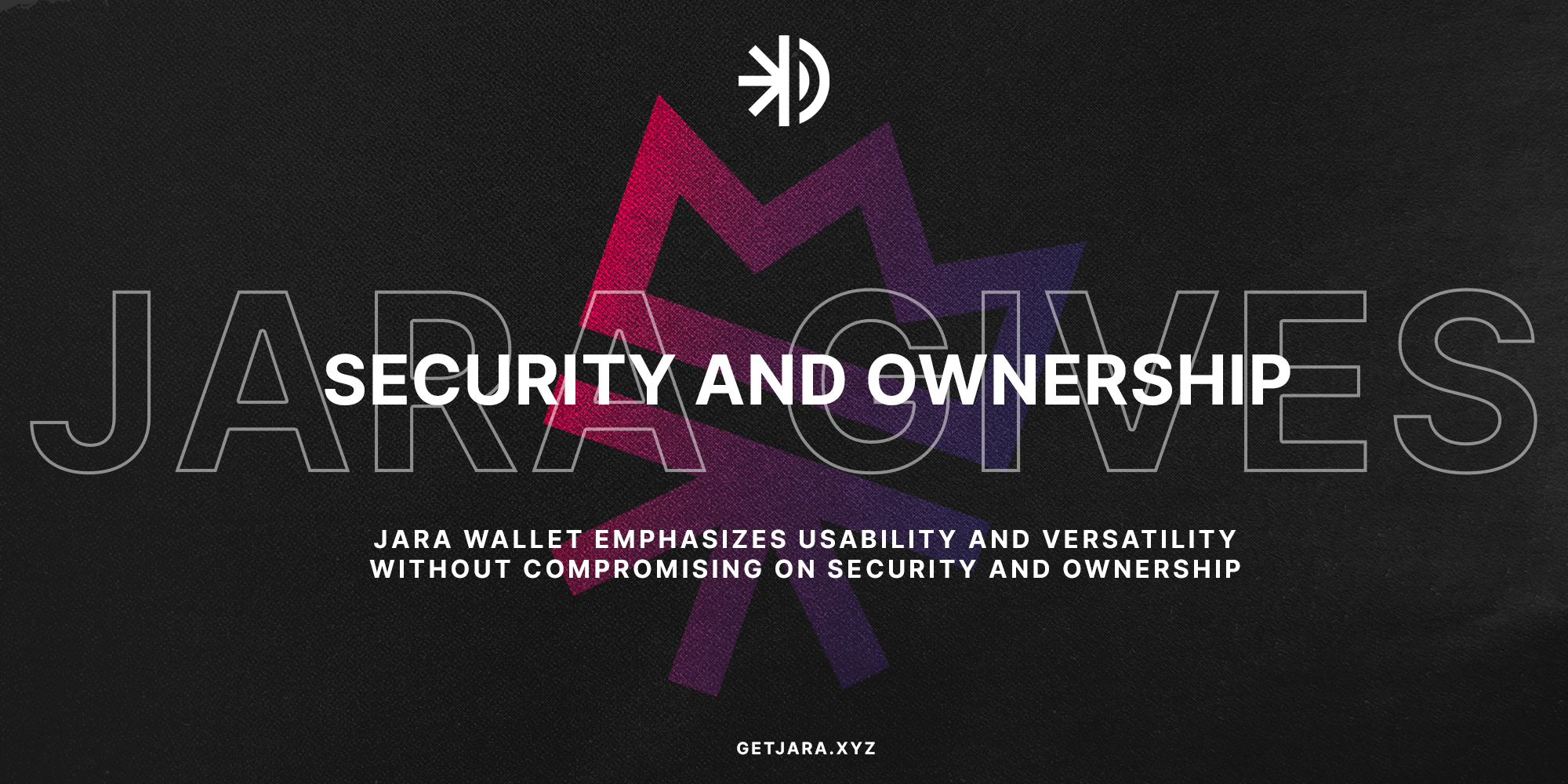
Understanding the Role of Layer 1 Blockchains
Blockchain technology is at the heart of a new era of digital interactions, shaping industries with its decentralized structure. At the core of any blockchain framework lies the Layer 1 blockchain, which serves as the backbone of the entire ecosystem. This article delves into the world of Layer 1 blockchains, highlighting their purpose, benefits, and functionality.
Layer 1 blockchains are the fundamental structures on which blockchain applications are built. They offer the primary network for verifying and registering transactions.
Key Components of Layer 1 Blockchains
Understanding the architecture of Layer 1 can help us appreciate its role and impact on various industries. Key components include:
- Network Nodes: These are the backbone, distributing data across the network and enabling redundancy.
- Consensus Layer: This layer ensures all participants agree on the network’s current state, maintaining a trustless environment.
- Data Layer: Responsible for storing transaction history, ensuring a complete record of blockchain data.
- Transaction Layer: Facilitates token transfers and smart contract executions.
- Application Layer: Enables interactions with decentralized applications (dApps).
- Native Coins: These coins fuel the network, covering transaction fees, staking, and governance.
Scalability, Security, and Decentralization
The major challenges for Layer 1 blockchains include achieving the right balance between scalability, security, and decentralization, often referred to as the “Blockchain Trilemma.”
- Scalability: How efficiently the network handles increasing transactions.
- Security: The ability to protect the network from attacks and data manipulation.
- Decentralization: Ensures that no single entity controls the system.
“While Layer 1 blockchains are crucial for maintaining network integrity, Layer 2 solutions offer enhancements such as faster transaction processing and reduced costs.”
Examples and Innovations
| Blockchain | Purpose | Unique Feature |
|---|---|---|
| Bitcoin | Transactions & Value Storage | Proof-of-Work (PoW) Consensus |
| Ethereum | Smart Contracts & dApps | Smart Contract Functionality |
| Casper | Enterprise Solutions & Security | Proof-of-Stake (PoS) and Upgradable Contracts |
Impact on Various Industries
Layer 1 blockchains influence multiple sectors, from finance to supply chain management:
- Financial Services: Enables more efficient cross-border payments and decentralized finance (DeFi) applications.
- Supply Chain: Provides transparency and traceability, enhancing product authenticity and trust.
- AI Governance: Supports accountability and auditability in AI system development.
“Layer 1 blockchains, with their robust structures, are setting the standard for future digital networks and shaping the way businesses operate.”
The Future of Layer 1 Blockchains
The ongoing evolution of blockchain technology lends itself to increased innovations in scalability and interoperability:
- Sharding: Improves scalability by dividing the network into smaller parts for easier management.
- New Consensus Mechanisms: Enhance efficiency and security.
- Technology Integration: With AI and IoT, opens new frontiers for blockchain applications.
As blockchain networks continue to develop, Layer 1 solutions will remain at their core, supporting a variety of applications that demand secure and reliable frameworks. These foundational blockchains are key to embracing the digital future.
Understanding Layer 1 Blockchains: The Backbone of Decentralized Networks
“Layer 1 blockchains are the primary networks that validate and finalize transactions, providing the base upon which all other blockchain layers and applications are built.”
What is a Layer 1 Blockchain?
- Key Concept: Layer 1 blockchains are the main networks of blockchain ecosystems.
- Functionality: They execute transactions, validate data, and ensure the security of the blockchain through consensus mechanisms.
- Independence: Operate without the need for additional layers, forming the primary infrastructure for decentralized applications and protocols.
Core Components of Layer 1 Blockchains
- Network Nodes: Facilitate communication, distribute data, and ensure resilience against failures.
- Consensus Layer: Determines network agreement on transactions, enhancing security and trust.
- Data Layer: Stores transaction history and states, ensuring immutability and security.
- Transaction Layer: Processes transactions and validates smart contracts, serving as the operational core.
- Application Layer: Interfaces for users to interact with blockchain services and applications.
- Native Coins: Facilitate transaction fees, staking, and governance to maintain network operations.
Scalability Challenges of Layer 1 Blockchains
- Key Challenge: As usage grows, processing capacity can become strained.
- Network Capacity: Increased transaction volumes can lead to delays and higher fees.
- Solution Exploration: Innovations like Layer 2 solutions aim to address these challenges.
Layer 1 blockchains are essential for maintaining security and decentralization, even as they face scalability issues.
Layer 2 Solutions: Enhancing Layer 1 Capabilities
Layer 2 frameworks, like the Lightning Network for Bitcoin, process transactions off-chain, improving speed and reducing costs. This creates a balanced ecosystem where Layer 1 ensures integrity, and Layer 2 offers scalability improvements.
The Blockchain Trilemma
The Blockchain Trilemma refers to the challenge of balancing scalability, security, and decentralization. Achieving all three simultaneously is difficult, prompting the development of hybrid solutions that leverage both Layer 1 and Layer 2 capabilities.
Case Study: MANTRA – A Modular Layer 1 Blockchain
- Architecture: MANTRA employs a flexible, modular design using the Cosmos SDK for scalability and interoperability.
- Consensus Mechanism: Utilizes Proof-of-Stake to ensure security and fast transaction finality.
- Native Coin: $OM is used for staking, transactions, and governance.
- Interoperability: Supports Inter-Blockchain Communication (IBC) for cross-chain operations.
Future of Layer 1 Blockchains
As technologies like AI and IoT are integrated, Layer 1 blockchains will play a crucial role in evolving blockchain solutions. Innovations in sharding and new consensus mechanisms will further enhance their capabilities, ensuring they meet the demands of modern digital economies.
Layer 1 blockchains are increasingly being integrated with emerging technologies like AI and IoT, unlocking new possibilities.
The Broader Impact of Layer 1 Blockchains
- Financial Services: Facilitate secure, fast transactions and support the development of decentralized finance (DeFi).
- Supply Chain and Logistics: Provide traceability and transparency, improving trust and efficiency.
- AI Governance: Ensure transparency and accountability, as illustrated by Casper Labs’ collaboration with IBM.
Conclusion
Layer 1 blockchains form the backbone of modern digital systems, offering the security, scalability, and functionality needed for a wide range of applications. By addressing current challenges and embracing ongoing innovation, these networks will continue to shape the future of decentralized technologies.
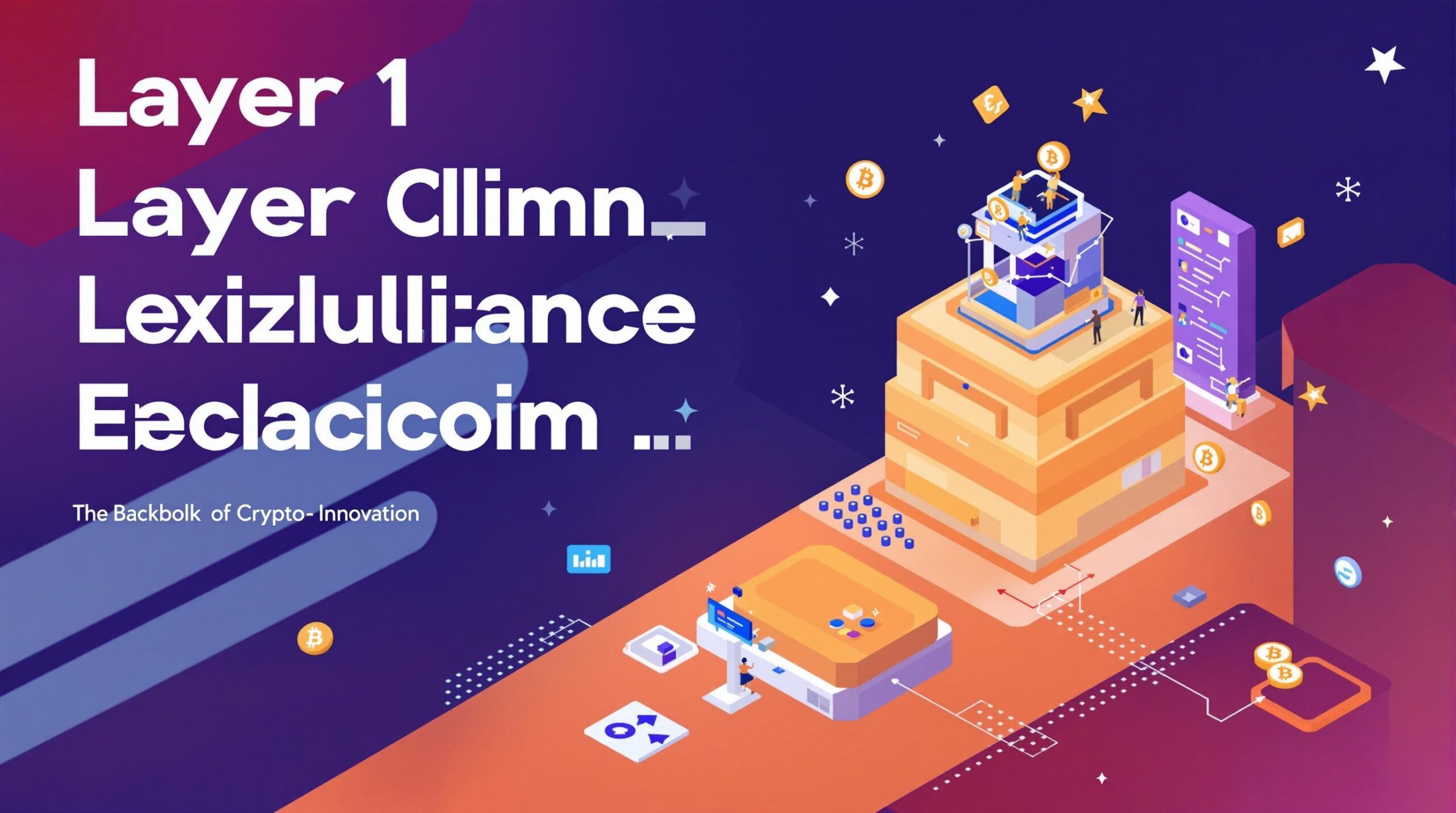
What is the role of interoperability in Layer 1 blockchains?
Interoperability in Layer 1 blockchains is a crucial component that allows different blockchain networks to communicate and share data effectively. This functionality is essential to ensure a seamless interaction between various blockchain ecosystems, enhancing their overall utility.
Interoperability is the capability of different blockchain platforms to exchange information and utilize each other’s features and data seamlessly.
By improving interoperability, these blockchains can support complex decentralized applications and streamline processes across diverse networks.
How do scalability solutions enhance the efficiency of Layer 1 blockchains?
Scalability solutions like sharding and off-chain transactions are implemented in Layer 1 blockchains to enhance their efficiency by processing more transactions per second.
- Sharding: This involves splitting the entire network into smaller partitions known as shards, which allows them to process transactions simultaneously, improving overall throughput.
- Off-Chain Transactions: These are processed outside the main blockchain, freeing up network capacity, which, in turn, increases the speed and efficiency of the blockchain.
These solutions play a significant role in addressing the fundamental scalability issues that many Layer 1 blockchains face.
Why is decentralization important in Layer 1 blockchain networks?
Decentralization is a pivotal aspect of Layer 1 blockchain networks, ensuring that no single entity controls the entire network. It promotes transparency, security, and resilience against censorship or malicious attacks.
Decentralization in blockchain networks is crucial for providing security, transparency, and equitable power distribution among participants.
This feature makes blockchain technology appealing for various use cases, including secure transactions, transparent governance, and data integrity preservation.
What distinguishes Layer 1 from Layer 2 blockchains in terms of functionality?
Layer 1 blockchains, such as Bitcoin and Ethereum, provide the foundational architecture for decentralized networks. Layer 2 blockchains, on the other hand, work on top of Layer 1 to enhance scalability and efficiency.
- Layer 1: Manages basic operations like transactions and smart contracts directly on the blockchain, focusing on decentralization and security.
- Layer 2: Aims to increase transaction speed by offloading tasks from Layer 1, using technologies like the Lightning Network to handle transactions off-chain.
This layered approach enhances the overall performance of blockchain systems while maintaining their inherent security features.

Related Practice Areas
Explore our range of legal expertise through these related practice areas, ensuring comprehensive support for all your needs.
List of Top-Rated Blockchain Attorneys Serving Jara
Choosing the right legal representation is vital when dealing with blockchain issues. Our seasoned attorneys in Layer 1 and Layer 2 solutions ensure you’re prepared to make informed decisions every step of the way.
John Doe – Layer 1 Specialist
Jane Smith – Layer 2 Innovator
Robert Brown – Crypto Legal Advisor
Emily White – Blockchain Regulatory Expert
Discover What Our Clients Are Saying
Our dedication to excellence in Layer 1 and Layer 2 blockchain solutions is evident in every case we undertake. The positive feedback from our clients is a testament to the hard work and dedication we consistently deliver.
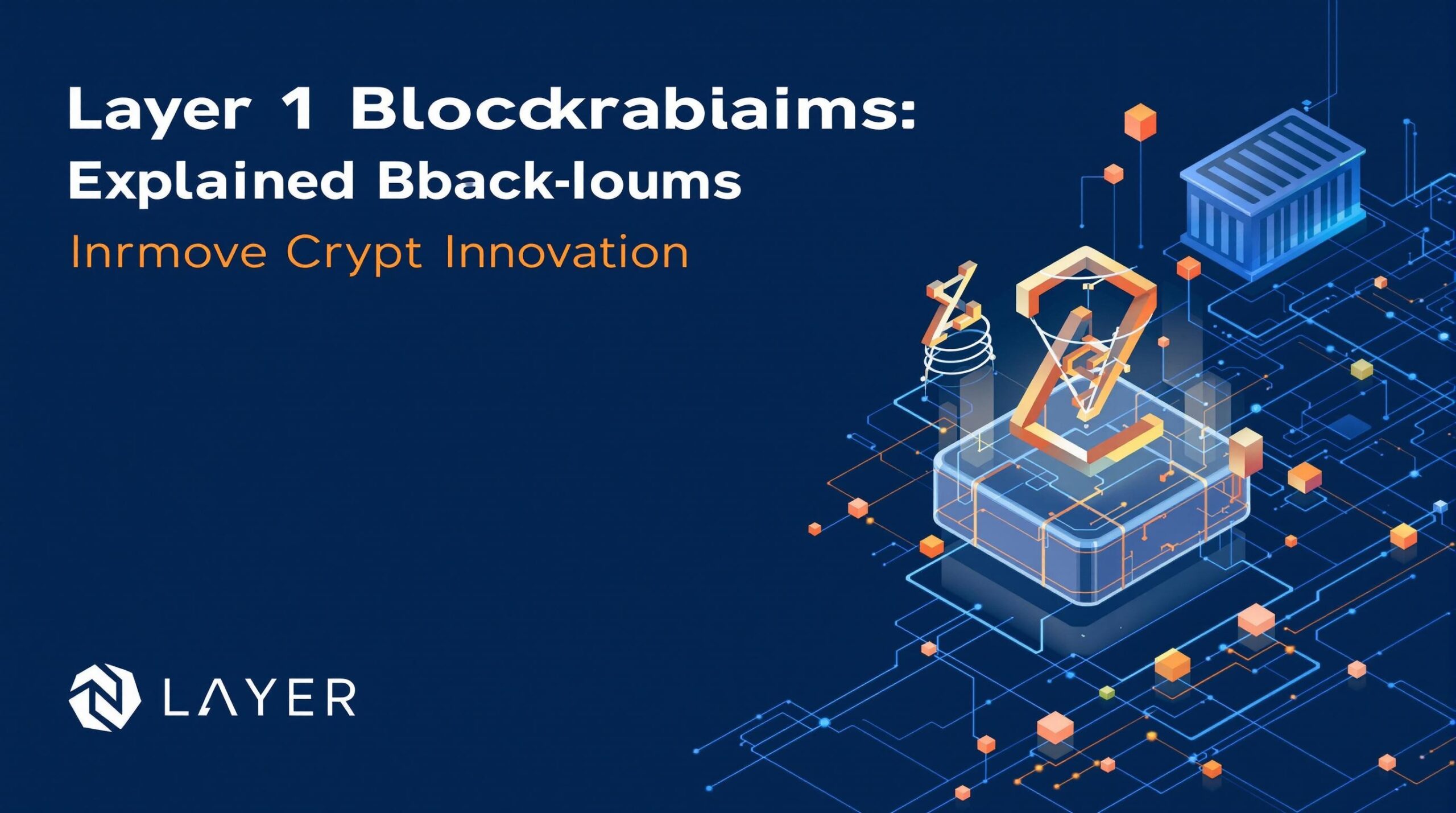
Your Gateway to Blockchain Innovation
Layer 1 blockchains form the backbone of crypto innovation, and with our expertise at Jara, we guide you through the complexities to unlock their full potential. Whether it’s enhancing network security or implementing efficient Layer 2 solutions, our dedicated team is here to assist you every step of the way. Ready to innovate? Let’s embark on this journey together.
“Your Vision, Our Expertise” – Crafting solutions tailored just for you, with the precision and care that has placed us among the best in the industry.
But don’t just take our word for it. Our accolades in the blockchain solutions arena speak volumes about our commitment to excellence:
- Highlighted among the “Top Blockchain Solution Providers” 2023 (Expertise) – Recognizing our cutting-edge innovations and client success. Learn more
- Honored in the “Best Crypto Consulting Firms” list for 2023 by Innovation Tech – Celebrating our strategic foresight and implementation skills. More details
- Listed as a leading “Blockchain Developer of the Year” 2023 (Tech Masters) – Appreciated for our technical acumen and proactive solutions. Find out why
- Featured in “Top Secure Blockchain Networks” 2023 (Security Insights) – Acknowledging our unwavering commitment to security excellence. Discover more
- Among the “Innovative Firms in Layer 2 Development” 2023 (Crypto Voyager) – Praised for our advancements in scalability solutions. Explore further
Reach out to us at Jara [email protected] or call us at 000-000-0000 and let’s transform the future of blockchain innovation together. For more insights, visit our detailed guide on Layer 1 Blockchains Explained.
Chinyere “Chi” Nnadi Bio
Founder and CEO, Jara | Crypto Innovation Specialist
Content Reviewed by Chi Nnadi and his Content Team. Chi is an experienced entrepreneur dedicated to advancing Africa’s financial landscape through groundbreaking blockchain solutions. As Founder and CEO of Jara, he spearheads the creation of infrastructures that transform illiquid African assets into globally tradable digital tokens. Utilizing his proprietary Layer-2 blockchain technology, Chi empowers the bridge between international investors and Africa’s burgeoning digital asset markets.
Our Content Review Process
Chi Nnadi along with Jara’s dedicated content team, pledge to offer top-notch material. Our content guidelines ensure thoroughness, reputable sources, unbiased scrutiny, among other quality metrics. Please let us know if there is anything you believe to be inaccurate.
